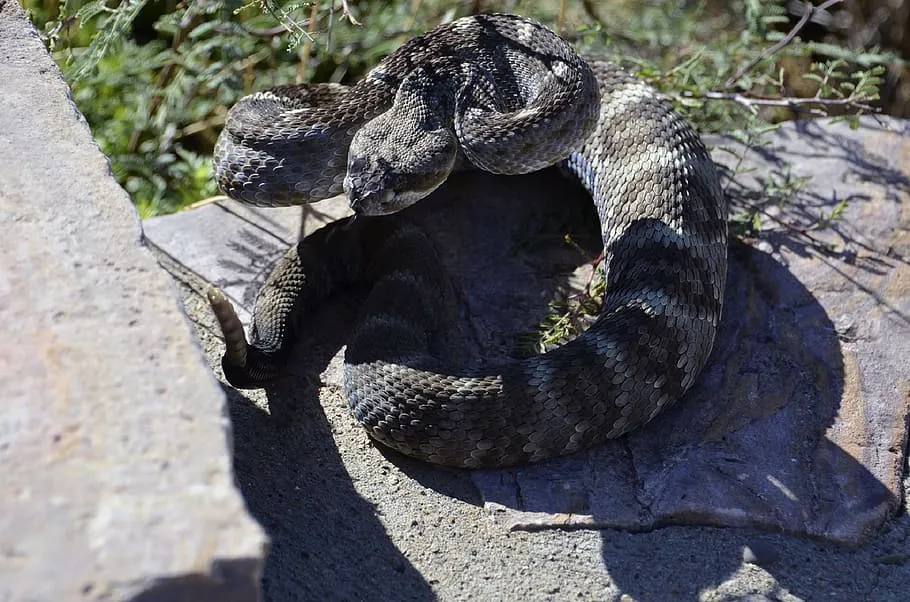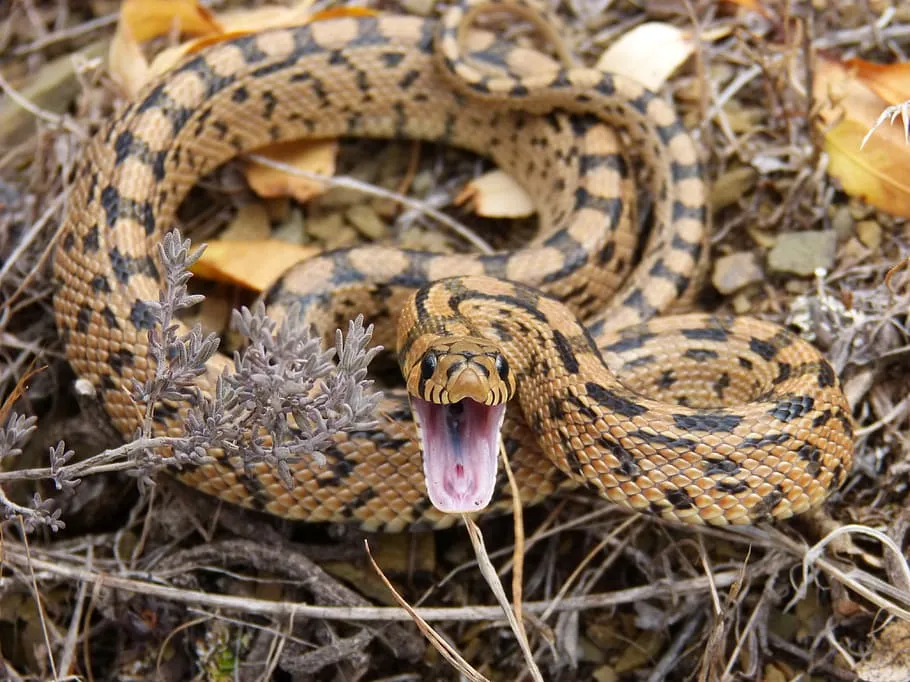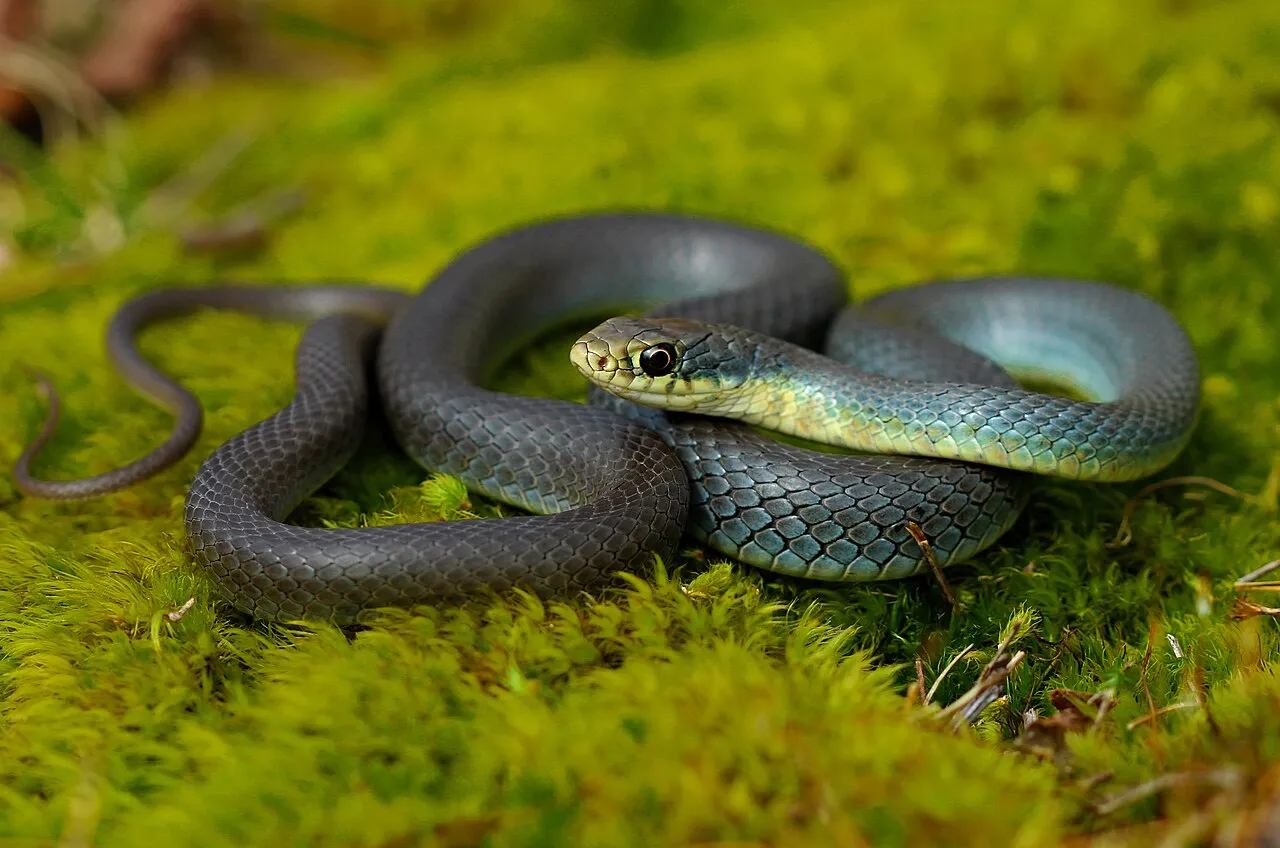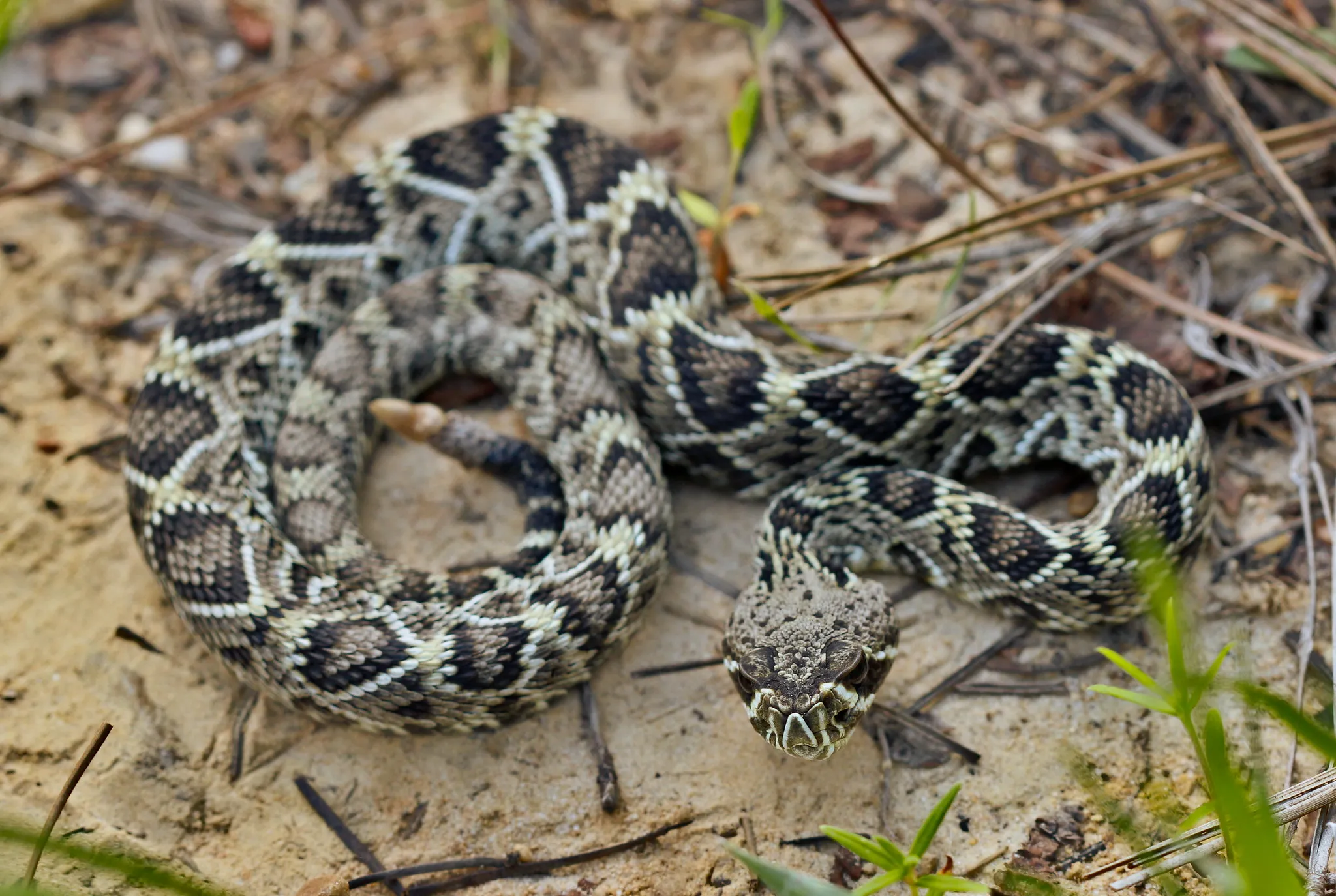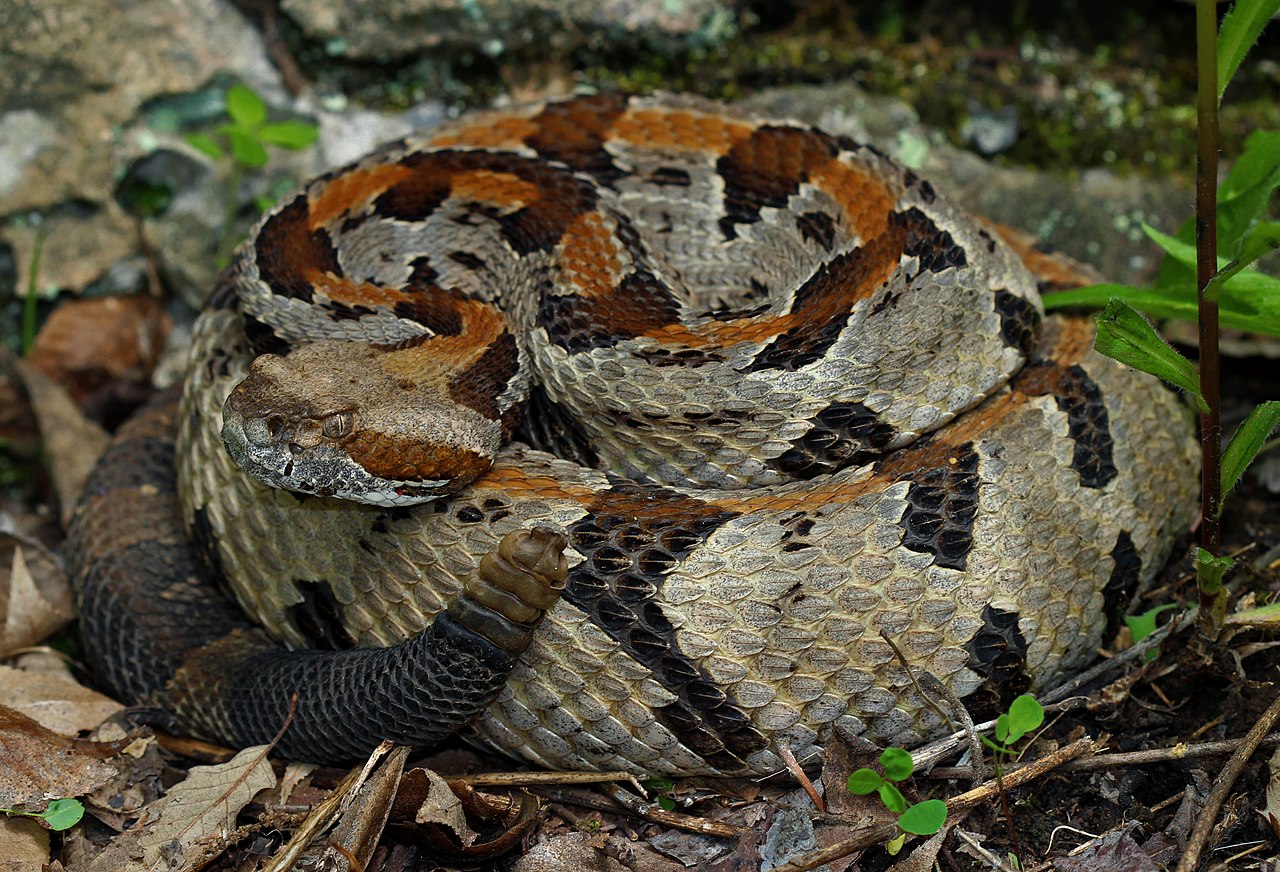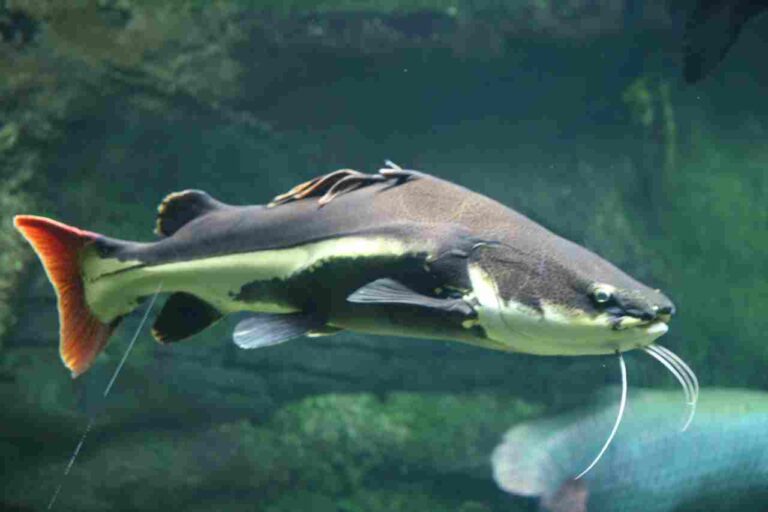Red Diamondback Rattlesnake Fangs, Facts, Characteristics
The red diamondback rattlesnake (Crotalus ruber) is a venomous reptile found in California and Baja California, with two recognized subspecies. It typically grows up to 36 inches in length and preys on small mammals and birds. Active primarily at night, it uses its rattling tail as a warning signal. Adaptations like heat-sensing pits aid in hunting. While not endangered, it faces threats like habitat loss and human persecution, and it’s unsuitable as a pet due to its venomous nature.
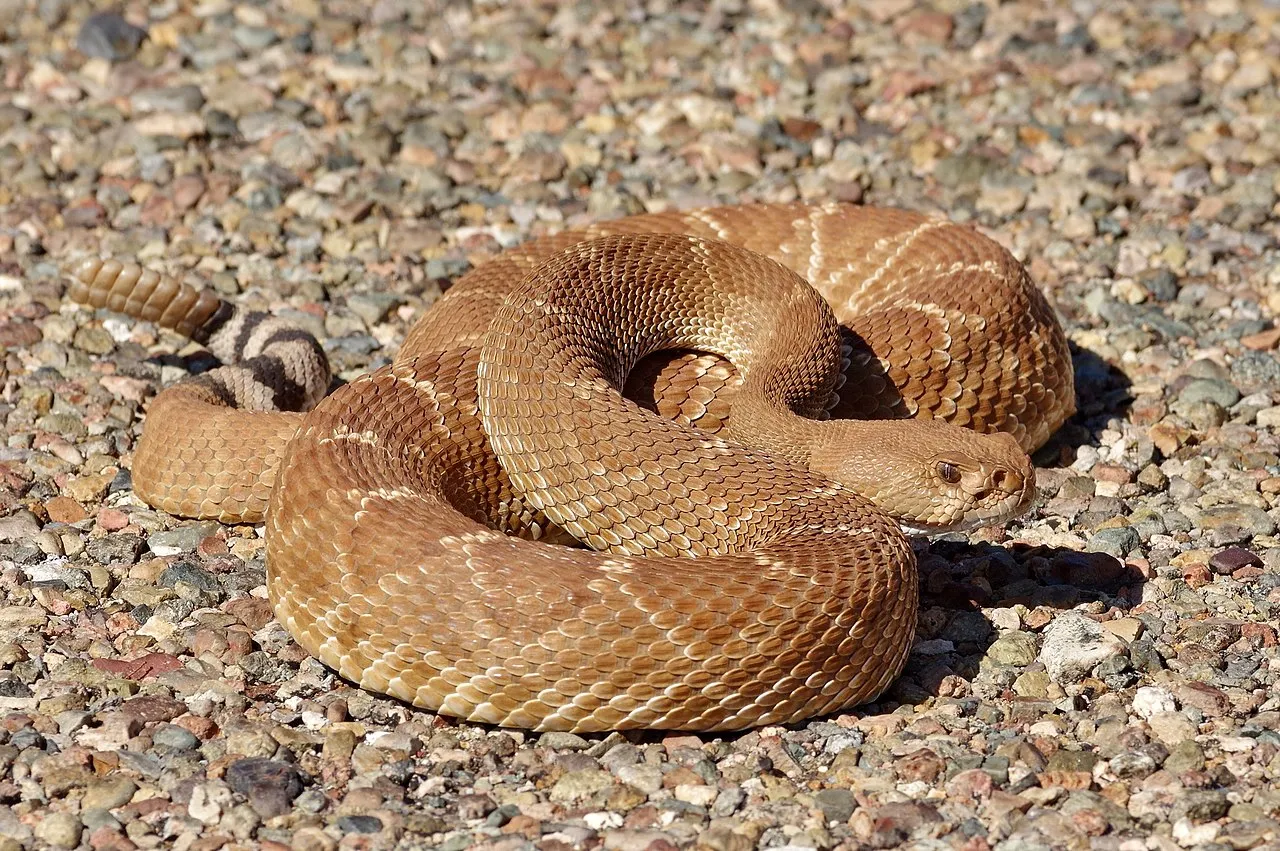
*Facts About Red Diamondback Rattlesnake
- The red diamondback rattlesnake is a venomous reptile.
- It is found in California and Baja California.
- There are two recognized subspecies: C. ruber ruber and C. ruber lucasensis.
- Adults typically measure between 24 to 36 inches in length.
- They primarily feed on small mammals and birds.
- Red diamondback rattlesnakes are active primarily at night.
- They use their rattling tail as a warning signal.
- They have heat-sensing pits to aid in hunting.
- Despite facing threats like habitat loss and human persecution, they are listed as Least Concern by the IUCN.
- They are not suitable as pets due to their venomous nature.
| Criteria | Details |
| Scientific Classification |
Kingdom: Animalia
Phylum: Chordata
Class: Reptilia
Order: Squamata
Family: Viperidae
Genus: Crotalus
Species: Crotalus ruber
|
| Subspecies |
C. ruber ruber, C. ruber lucasensis
|
| Size and Weight |
24 to 36 inches in length; males larger
|
| Appearance |
Reddish-brown with dark diamond markings
|
| Dentition and Bite Force |
Long, hollow fangs; potent venom
|
| Diet |
Small mammals, rodents, rabbits, birds
|
| Behavior |
Crepuscular/nocturnal; inactive during daylight
|
| Sounds/Vocalization |
Rattling tail as warning signal
|
| Habitat |
Desert scrublands, rocky areas, coastal dunes
|
| Geographic Range |
California, Baja California
|
| Tracks |
Parallel lines from ventral scale dragging
|
| Reproduction |
Ovoviviparous; give birth to live young
|
| Lifespan |
10 to 20 years in the wild
|
| Major Adaptations |
Heat-sensing pits, venomous fangs, cryptic coloration
|
| Conservation Status |
Least Concern (IUCN)
|
| Suitability as Pet |
Not suitable due to venomous nature and specialized care requirements
|
1. Scientific Classification:
Kingdom: Animalia
Phylum: Chordata
Class: Reptilia
Order: Squamata
Family: Viperidae
Genus: Crotalus
Species: Crotalus ruber
2. Subspecies:
Details: The red diamondback rattlesnake has two recognized subspecies: Crotalus ruber ruber and Crotalus ruber lucasensis, with subtle differences in habitat preferences and coloration.
Importance: Understanding subspecies helps in conservation efforts by identifying unique populations and tailoring conservation strategies accordingly.
Ecological Implications: Subspecies differentiation can indicate local adaptations to specific environmental conditions, highlighting the importance of preserving diverse habitats.
3. Size and Weight:
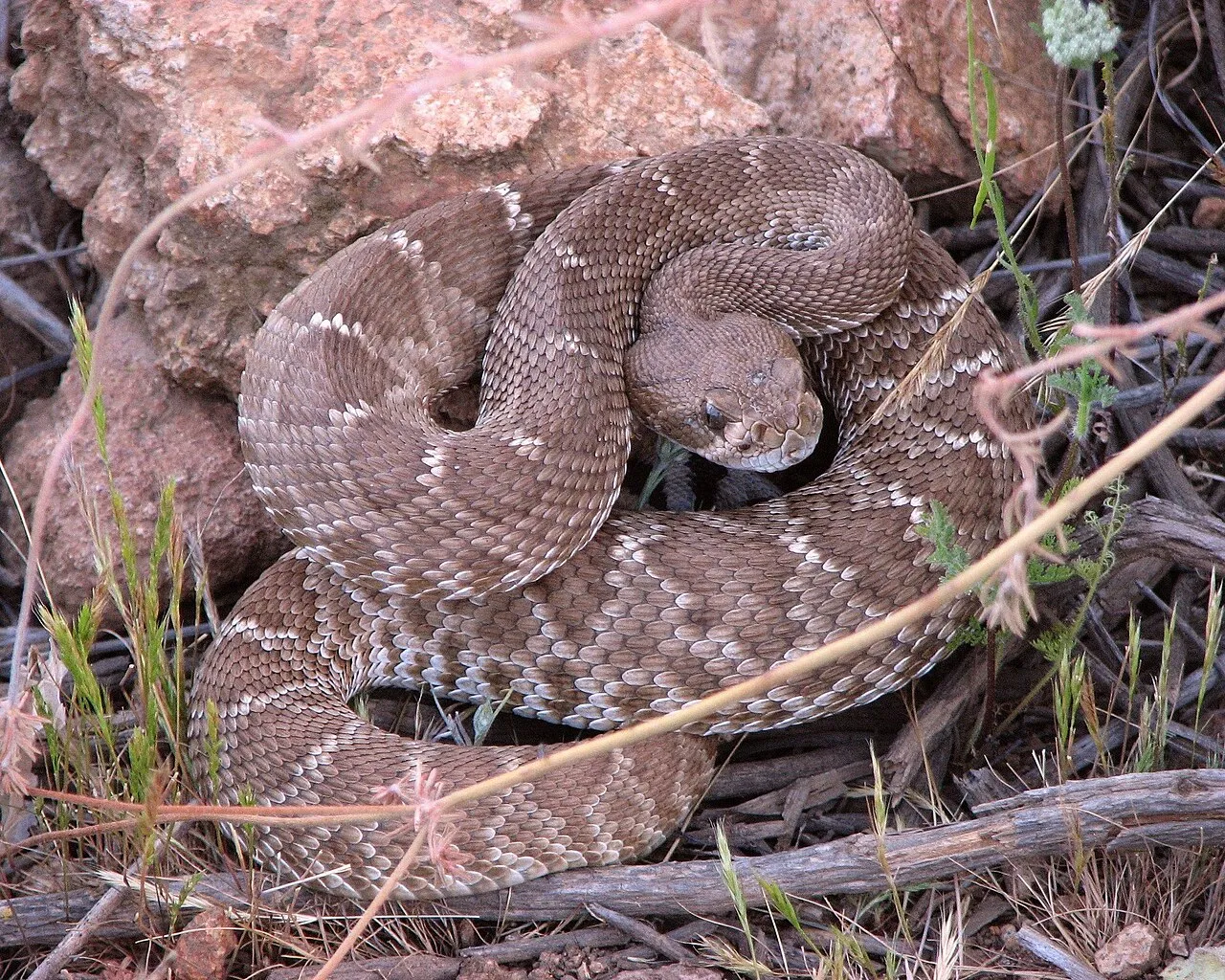
Details: Adults typically measure between 24 to 36 inches (61 to 91 cm) in length, with males generally larger and heavier than females.
Importance: Knowledge of size and weight helps in identifying individuals in the wild and understanding their ecological roles.
Ecological Implications: Size influences prey selection and predator avoidance strategies, impacting the ecosystem’s balance and dynamics.
4. Appearance and Identification:
Details: The red diamondback rattlesnake features a distinctive reddish-brown dorsal coloration with darker diamond-shaped markings outlined in cream or white.
Importance: Unique appearance aids in species identification and differentiation from other rattlesnake species.
Ecological Implications: Camouflage and warning coloration play crucial roles in predator avoidance and prey acquisition, influencing interactions within its ecosystem.
5. Dentition and Bite Force:
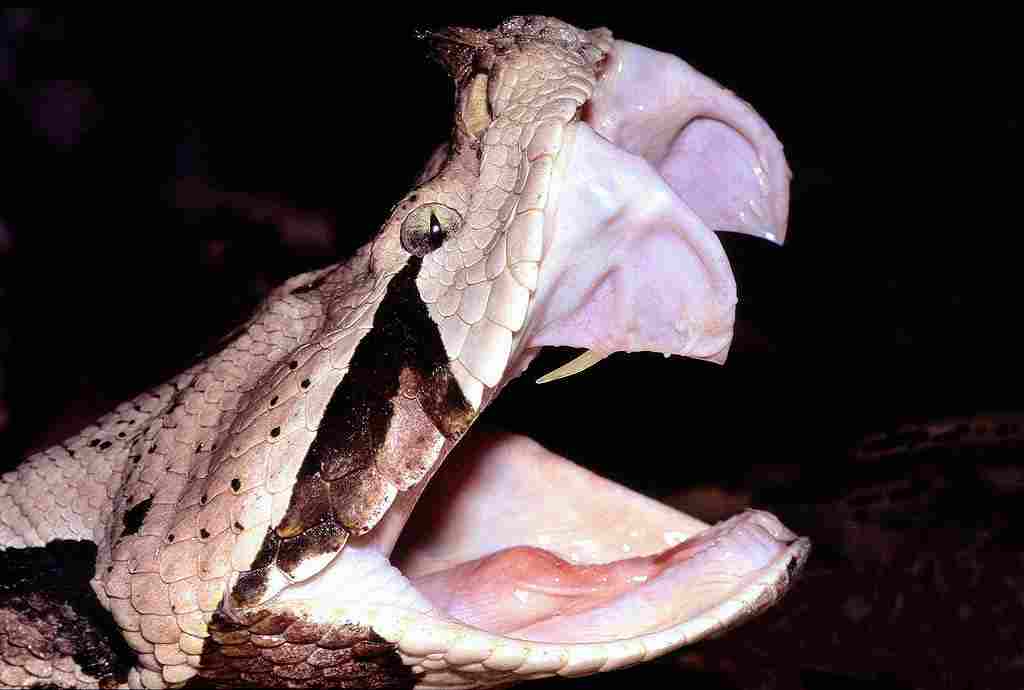
Details: Red diamondback rattlesnakes possess long, hollow fangs connected to venom glands, delivering potent venom to subdue prey.
Importance: Understanding dentition and bite force helps in evaluating the potential threat posed by venomous snakes and developing effective medical treatments for envenomation.
Ecological Implications: Venomous snakes play key roles as top predators, regulating prey populations and influencing community dynamics through predation pressure.
6. Diet:
Details: Red diamondback rattlesnakes primarily feed on small mammals such as rodents, rabbits, and ground-dwelling birds, relying on ambush predation.
Importance: As apex predators, their diet helps control prey populations, which can indirectly affect vegetation and other species within the ecosystem.
Ecological Implications: By preying on rodents, they help maintain balance in ecosystems, reducing potential damage caused by overpopulation of these prey species.
7. Behavior:
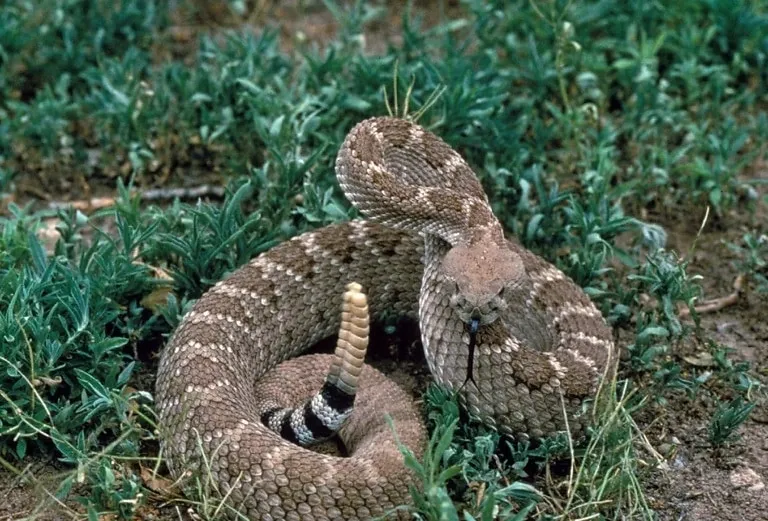
Details: Red diamondback rattlesnakes are primarily crepuscular or nocturnal, remaining inactive during hot daylight hours to avoid overheating.
Importance: Understanding their behavior aids in minimizing human-snake encounters and conserving their habitats.
Ecological Implications: Nocturnal activity patterns help reduce competition with diurnal predators and prey, contributing to ecosystem stability.
8. Sounds/Vocalization:
Details: Red diamondback rattlesnakes produce a distinctive rattling sound by vibrating their tail segments, serving as a warning signal to potential threats.
Importance: Rattlesnake rattles serve as a crucial warning mechanism, alerting other animals to their presence and reducing the likelihood of confrontations.
Ecological Implications: Rattlesnake vocalizations help prevent unnecessary predation and promote coexistence within their habitat, benefiting both the snakes and other species.
9. Habitat:
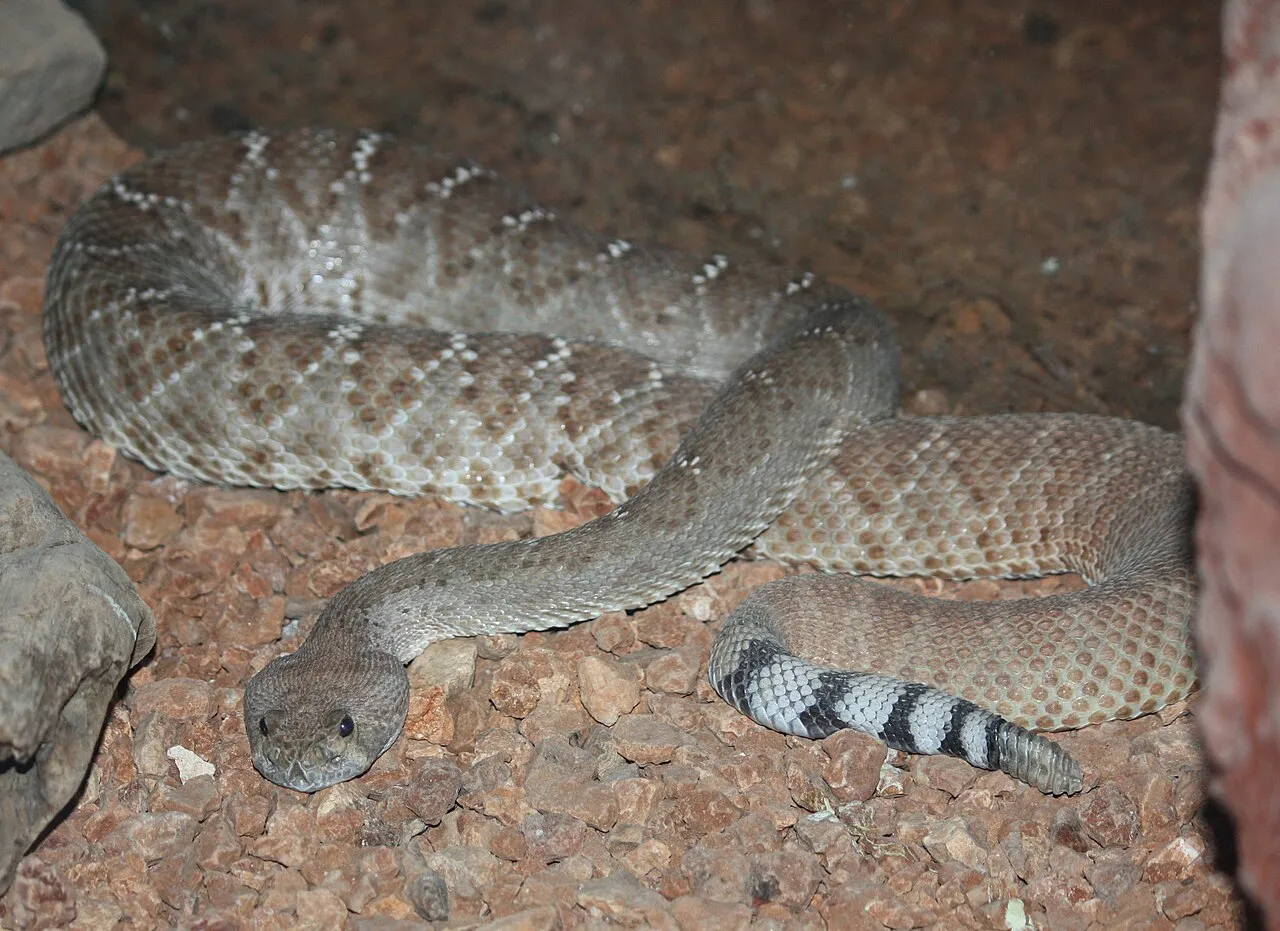
Details: Red diamondback rattlesnakes inhabit a variety of habitats, including desert scrublands, rocky outcrops, coastal dunes, and chaparral.
Importance: Understanding habitat preferences is essential for conservation efforts and managing human-wildlife interactions.
Ecological Implications: Their ability to occupy diverse habitats contributes to ecosystem resilience and biodiversity, indicating their role as habitat specialists within their range.
10. Geographic Range and Distribution:
Details: Red diamondback rattlesnakes are endemic to California and Baja California, Mexico, inhabiting arid and semi-arid regions along the western coast.
Importance: Knowledge of their geographic range helps in conservation planning and understanding regional biodiversity.
Ecological Implications: Their distribution influences local ecosystem dynamics, including prey availability and predator-prey interactions.
11. Tracks:
Details: Red diamondback rattlesnakes leave distinctive tracks characterized by a series of parallel lines formed by the dragging of their ventral scales.
Importance: Tracking signs aid in studying their movements, behavior, and habitat use, contributing to ecological research and conservation efforts.
Ecological Implications: Monitoring tracks helps assess population trends, habitat connectivity, and potential impacts of human activities on snake populations.
12. Reproduction:
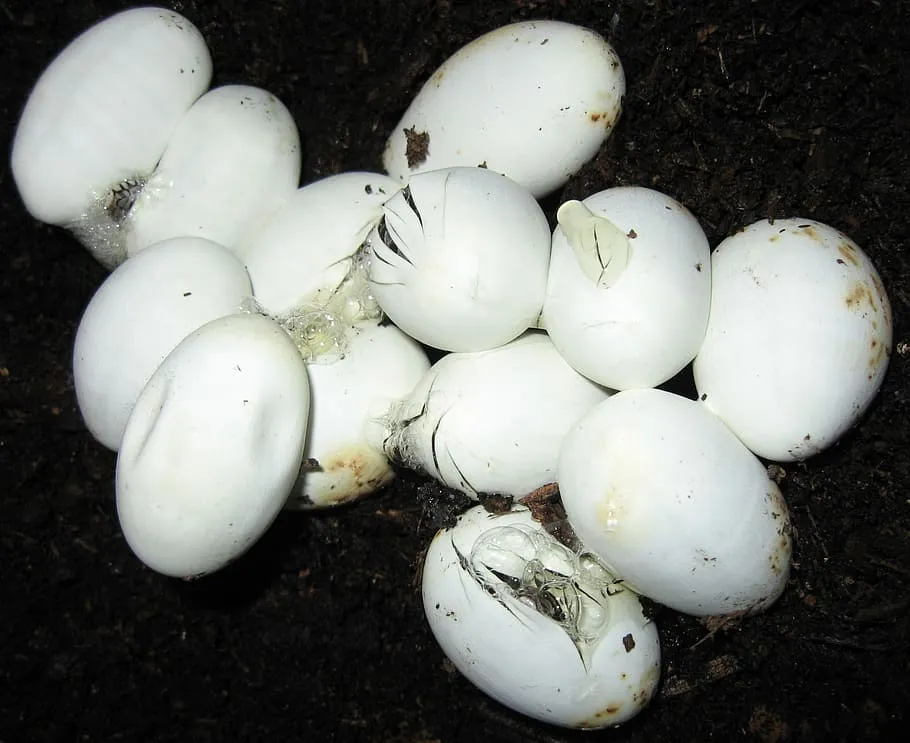
Details: Red diamondback rattlesnakes are ovoviviparous, meaning they give birth to live young after internal incubation of eggs.
Importance: Understanding reproductive biology is crucial for assessing population dynamics and implementing effective conservation strategies.
Ecological Implications: Reproductive success influences population growth rates and genetic diversity, impacting the long-term viability of rattlesnake populations within their ecosystems.
13. Lifespan:
Details: Red diamondback rattlesnakes typically live for 10 to 20 years in the wild, although some individuals may survive longer under favorable conditions.
Importance: Knowledge of lifespan helps in estimating population turnover rates and evaluating the resilience of rattlesnake populations to environmental changes.
Ecological Implications: Longevity affects population dynamics, predator-prey relationships, and ecosystem stability, highlighting the importance of conserving habitat for these long-lived predators.
14. Major Adaptations:
Details: Red diamondback rattlesnakes possess several adaptations for survival, including heat-sensing pits on their heads for locating prey, venomous fangs for subduing prey, and cryptic coloration for camouflage.
Importance: These adaptations enhance their ability to hunt, defend against predators, and thrive in their arid habitats.
Ecological Implications: Adaptations allow red diamondback rattlesnakes to occupy specific niches within their ecosystems, influencing predator-prey dynamics and overall ecosystem health.
15. Conservation Status:
Details: Red diamondback rattlesnakes are currently listed as a species of Least Concern by the International Union for Conservation of Nature (IUCN).
Importance: Monitoring conservation status helps prioritize conservation efforts and allocate resources effectively.
Ecological Implications: Despite their current status, ongoing habitat loss, human persecution, and road mortality pose threats to rattlesnake populations, emphasizing the need for continued conservation measures to ensure their long-term survival.
16. Domestication and Suitability as a Pet:
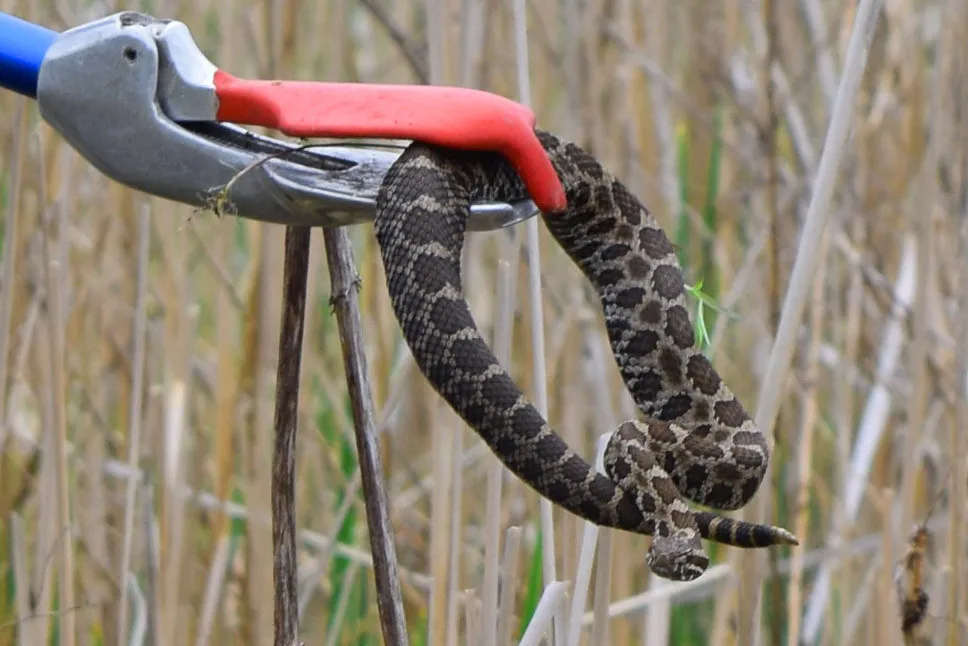
Details: Red diamondback rattlesnakes are not suitable for domestication and should not be kept as pets due to their venomous nature and specialized care requirements.
Importance: Recognizing the unsuitability of wild animals as pets promotes responsible pet ownership and wildlife conservation.
Ecological Implications: Discouraging the illegal pet trade helps protect wild populations from overexploitation and preserves their ecological roles within their native habitats.
Red Diamondback Rattlesnake Overview: Summary of Information
Scientific Classification: Crotalus ruber
Subspecies: C. ruber ruber, C. ruber lucasensis
Size and Weight: 24 to 36 inches; males larger
Appearance: Reddish-brown with dark diamond markings
Dentition and Bite Force: Long, hollow fangs; potent venom
Diet: Small mammals, rodents, rabbits, birds
Behavior: Crepuscular/nocturnal; inactive during daylight
Sounds/Vocalization: Rattling tail as warning signal
Habitat: Desert scrublands, rocky areas, coastal dunes
Geographic Range: California, Baja California
Tracks: Parallel lines from ventral scale dragging
Reproduction: Ovoviviparous; give birth to live young
Lifespan: 10 to 20 years in the wild
Major Adaptations: Heat-sensing pits, venomous fangs, cryptic coloration
Conservation Status: Least Concern (IUCN)
Suitability as Pet: Not suitable due to venomous nature and specialized care requirements

